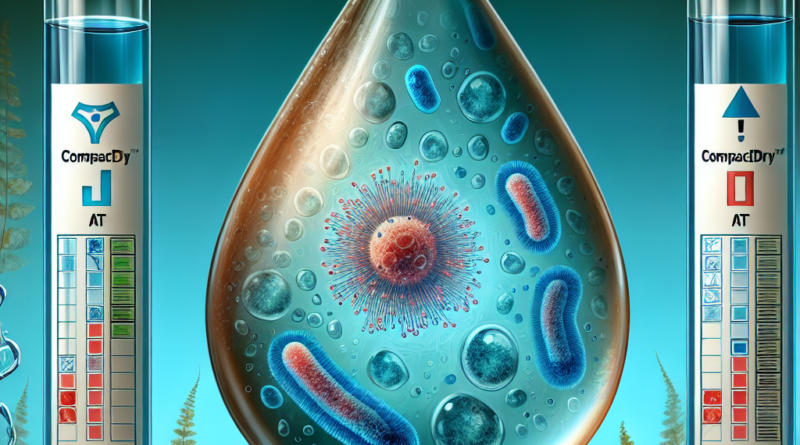Advancing Water Safety Monitoring with Low-Cost E. coli Detection Methods
Introduction to Water Safety and Public Health
Access to clean water is a cornerstone of public health, especially in low- and middle-income countries (LMICs) where waterborne diseases pose a significant threat. Traditional methods for testing water safety are often impractical in these regions due to the need for specialized laboratories and equipment, as well as the high costs involved. This creates an urgent need for simple, cost-effective, and scalable water testing solutions.
Assessing Innovative E. coli Detection Techniques
Two novel E. coli detection methods have shown promise for large-scale water quality monitoring: a modified membrane filtration test with CompactDry™ culture plates, and presence-absence tests using the open-source Aquatest medium (AT). These methods were evaluated in Bangalore, India, and compared with the standard membrane filtration on MI agar to determine their effectiveness in detecting E. coli, a common indicator of water contamination.
Study Design and Results
The study tested 315 drinking water samples in triplicate, analyzing the sensitivity and specificity of the new methods against the standard method. The findings revealed that both the 100 ml AT test and the CompactDry™ test demonstrated high sensitivity and specificity, exceeding 96% in various conditions, indicating their suitability for monitoring E. coli in water.
Implications for Global Water Safety Monitoring
The results suggest that these new methods could significantly contribute to global water safety monitoring efforts, such as those outlined in Sustainable Development Goal 6, which aims for universal and equitable access to safe and affordable drinking water by 2030. The CompactDry™ method, in particular, showed strong quantitative agreement with the standard method across a range of E. coli concentrations, making it a promising tool for applications where precise counts are necessary.
Conclusion and Future Prospects
The study concluded that the CompactDry™ and AT methods could provide reliable, sensitive, and specific detection of E. coli in 100 ml water samples, even at ambient temperatures. These methods are more accessible for use in resource-limited settings, potentially transforming the landscape of water safety monitoring and public health protection in LMICs.
References
Brown, J., Bir, A., & Bain, R. E. S. (2020). Novel methods for global water safety monitoring: comparative analysis of low-cost, field-ready E. coli assays. npj Clean Water, 3(1). http://dx.doi.org/10.1038/s41545-020-0056-8




